The Heroic Years: The Story Of How Japan Became An Automotive Powerhouse – Part 1
Images: From the official websites
It was in 1981 when Japan became the world’s largest car manufacturing nation, with as many as nine thriving and independent carmakers competing not just in Japan, but across global markets ranging from the US to Zambia.

With a total vehicle production of over 11 million automobiles in 1980 (of which, cars accounted for about seven million), Japanese automobile production represented 28.5 percent of the world auto production of 38.6 million that year, significantly ahead of the US (over eight million vehicles, representing about 21 per cent of the world market), Germany (10 percent of the market with 3.9 million produced) and France (9.7 percent with 3.4 million).

Yet the Japanese car industry was decades younger than those of the other three.
The very first automobiles made in Japan date back to before the 1920s, manufactured with European collaborations, the most notable of them being the Mitsubishi Model A from 1917, a car based on the Fiat Tipo 3.

Among other brands that became major players in Japan later, Isuzu began by collaborating with Wolseley Motors (starting 1918); Nissan’s first cars were developed from the Austin 7 and the Graham-Paiges in the 1930s, and the early Toyotas were inspired by the Chrysler Airflow.

Interestingly, one of the fathers of the Japanese car industry was an American engineer by the name of William Gorham, who established a three-wheeler manufacturing venture called Jitsuyo Jidosha Seizo Company, which, in 1926, merged with the Kwaishinsha automobile manufacturing venture to create DAT Automobile.

DAT Automobile later evolved into Nissan Motors, launching the Datsun (son of DAT) brand name.

Incidentally, Ford set up operations in Japan in 1925 and GM in 1927, and by 1936 the two had assembled a combined total of 208,967 vehicles in the Land of the Rising Sun. In the same period, the fledgling Japanese car industry had made just 12,127 automobiles.

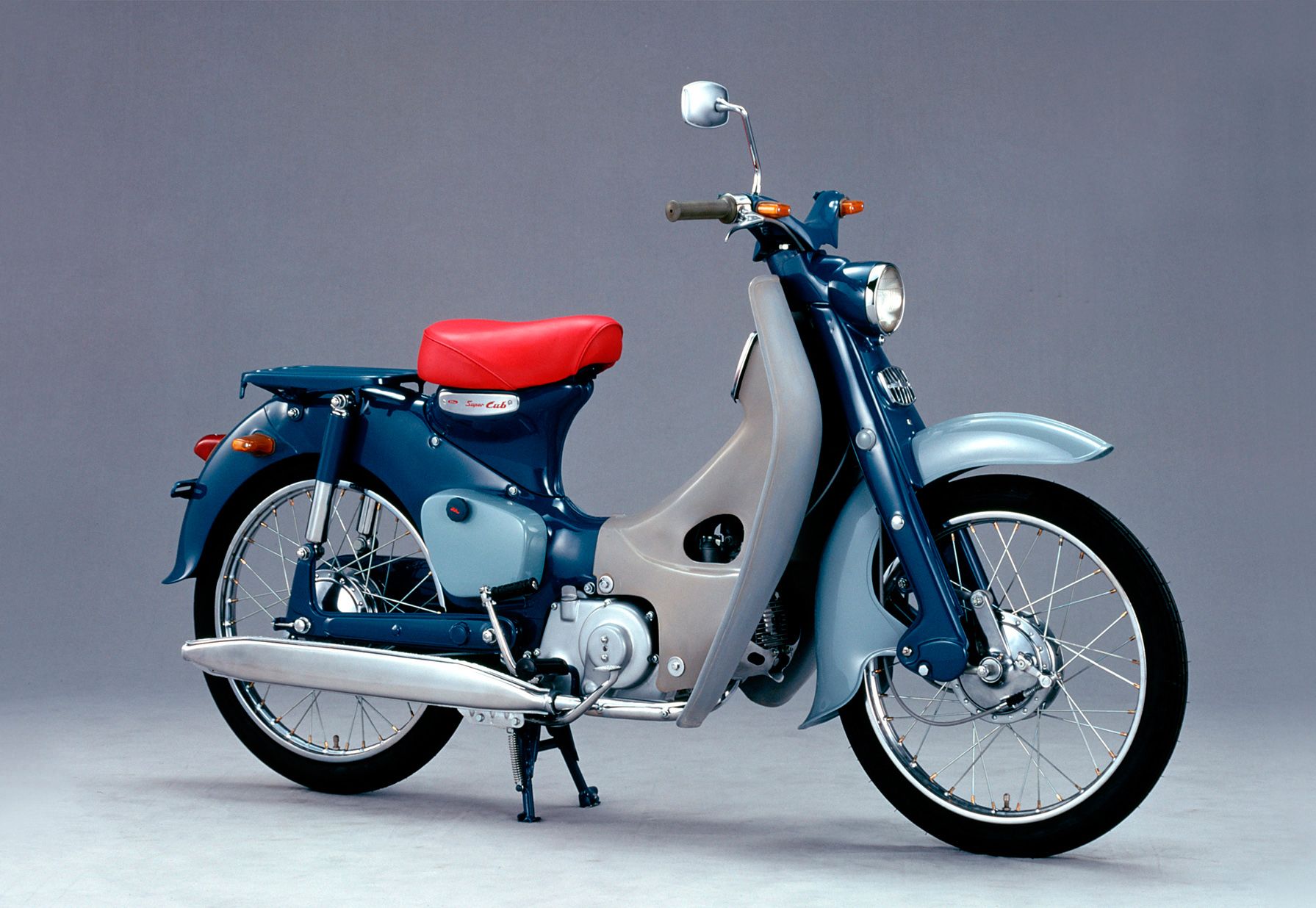
In 1936, the Japanese Government passed the Automobile Manufacturing Industry Law to promote a local industry and by 1939 the foreign carmakers were out of Japan.
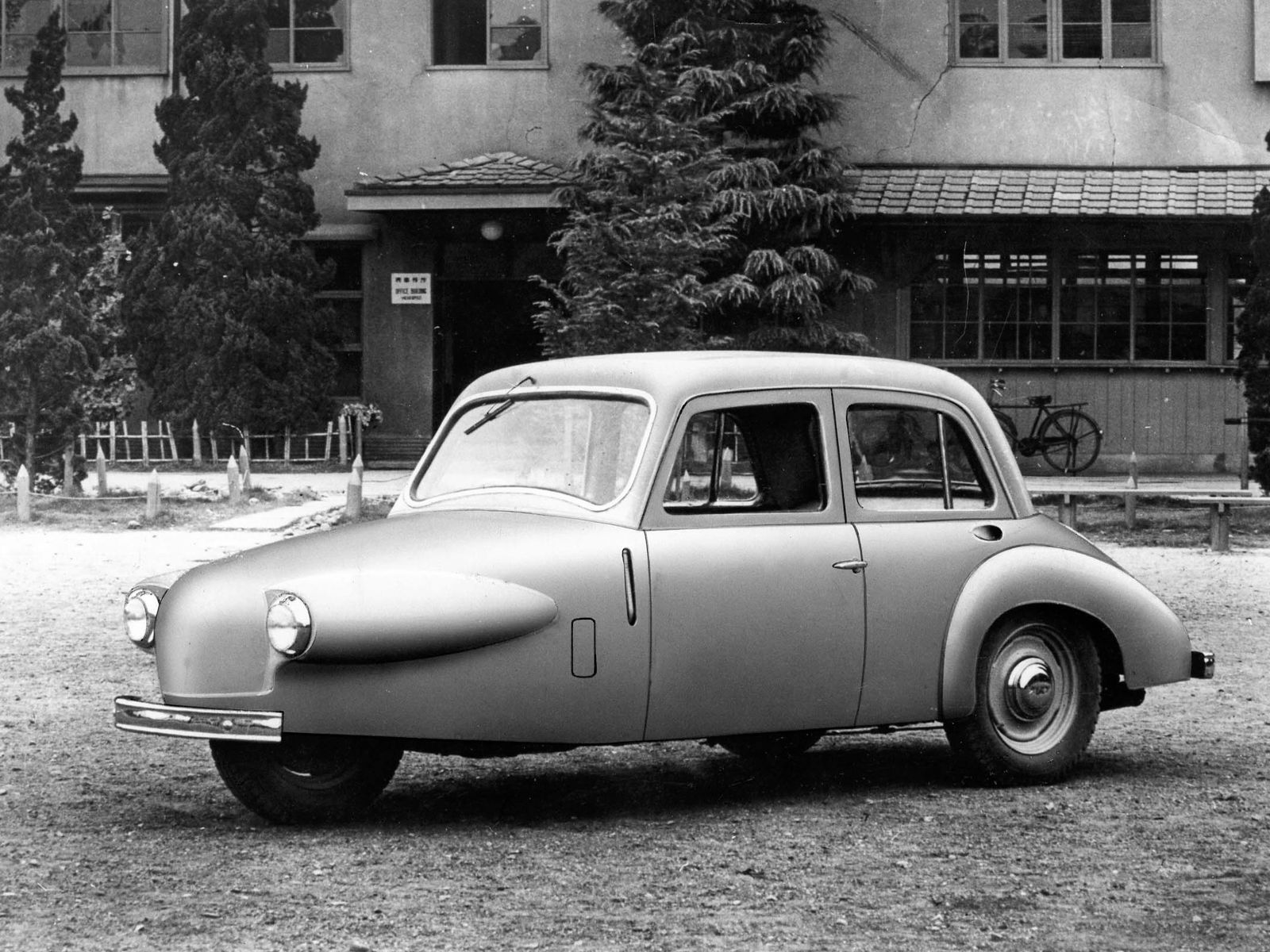
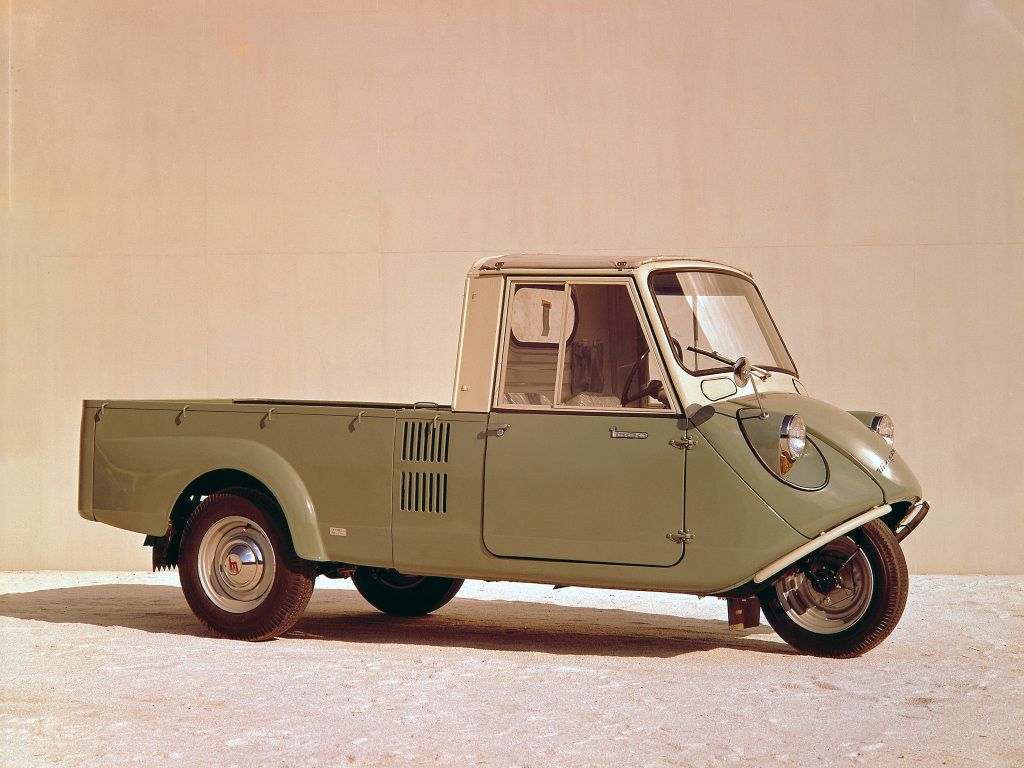

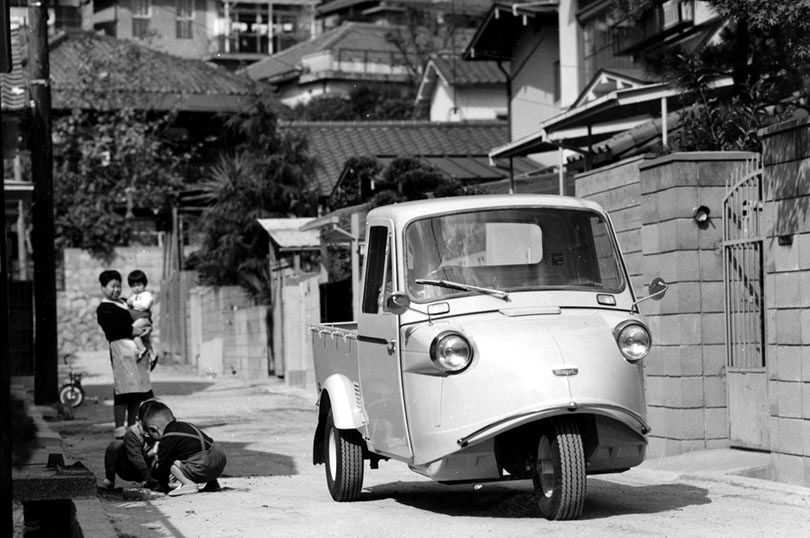
The local industry concentrated on mainly truck manufacturing for the war effort; after WWII, a much bombed and battered Japan needed to look anew at the automobile industry.

Given the national emphasis on post-war reconstruction, the initial concentration was on providing the cheapest form of personal transportation possible, as well as on public transport.
Thus, trucks and buses were seen as a priority sector, and the government also decided to encourage the motorized two-wheeler industry.

Not unlike India, the Japanese Government in the post-war period also believed that certain industries needed to be controlled, so that limited resources were better managed. The car industry came in for control, whereas the two-wheeler industry did not.

A free-for-all approach ensued, with some 50-odd companies plunging into the motorized two-wheeler business, amongst them Honda Motorcycle Company (starting 1949), Suzuki Loom Works (1952) and Yamaha Motor Company (1955).
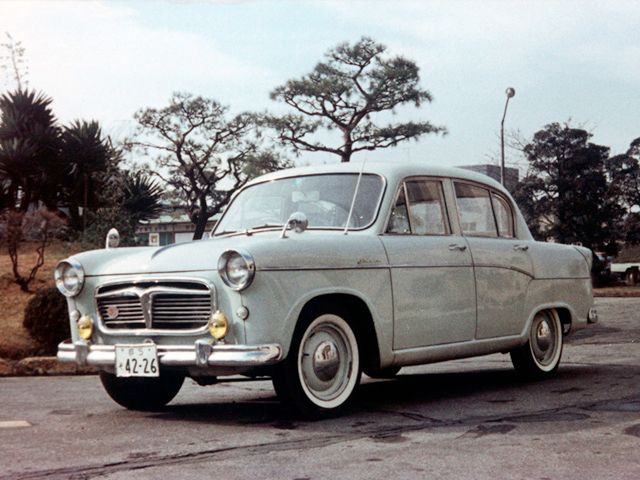
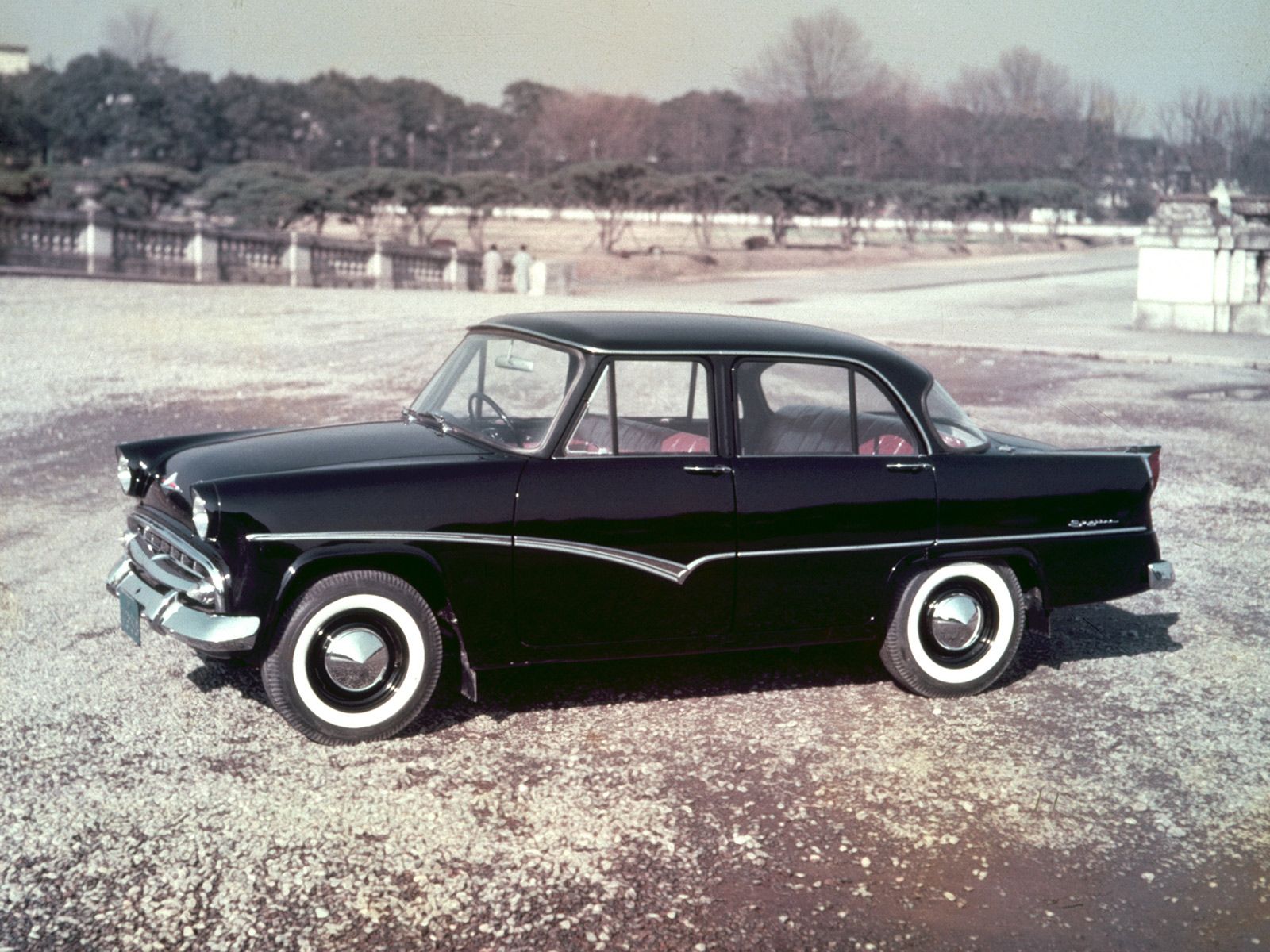
After the bloodbath that followed, just four of the 50-plus companies survived, with Honda, Yamaha, Suzuki as well as relative latecomer Kawasaki (1962) becoming the Big Four of the motorized two-wheeler world, decimating the world’s biggest motorcycle manufacturing nations (including the UK, the leader until the 1960s) and reducing the Italian, American and German bike industries to two-bit side acts.
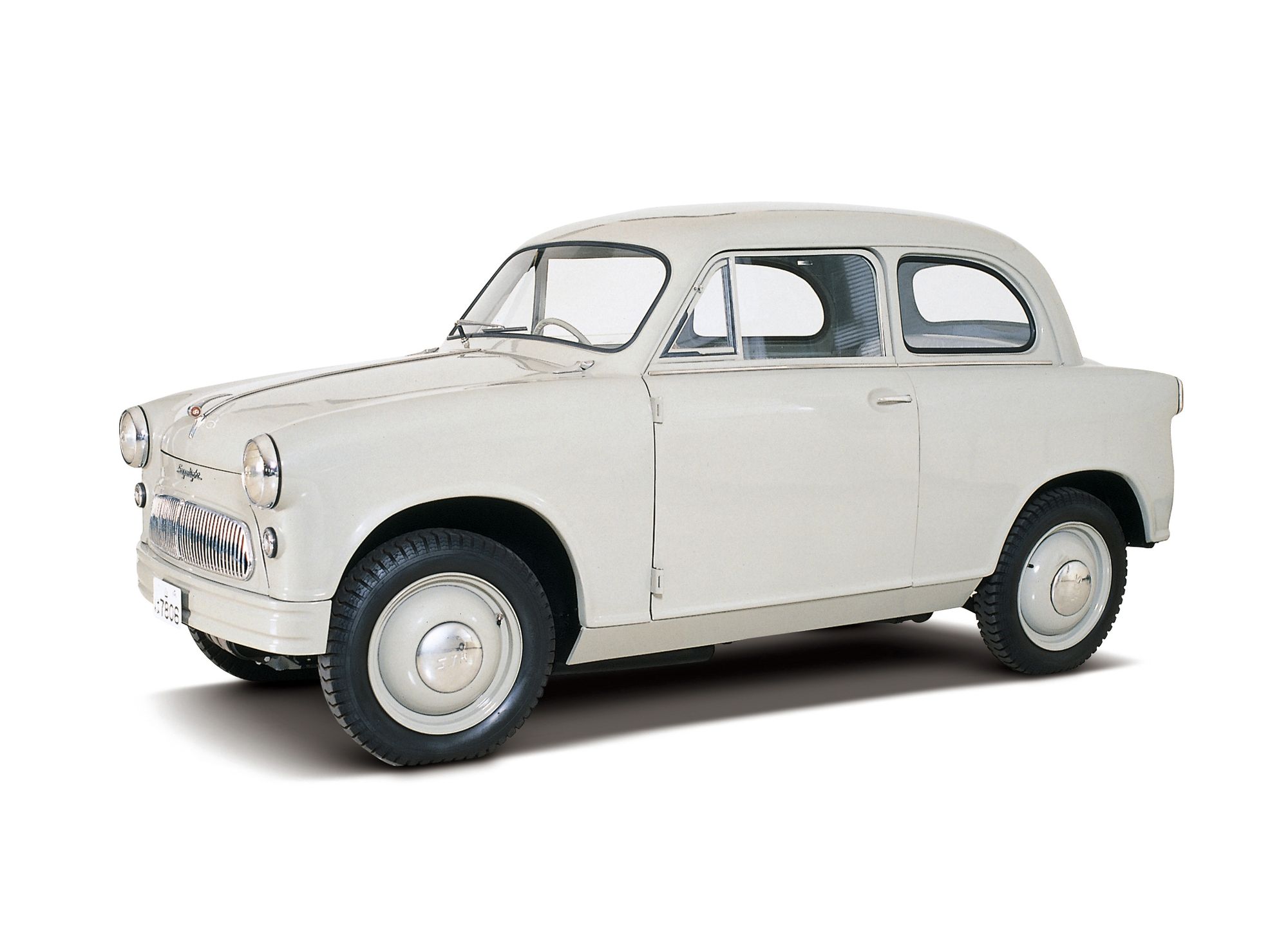
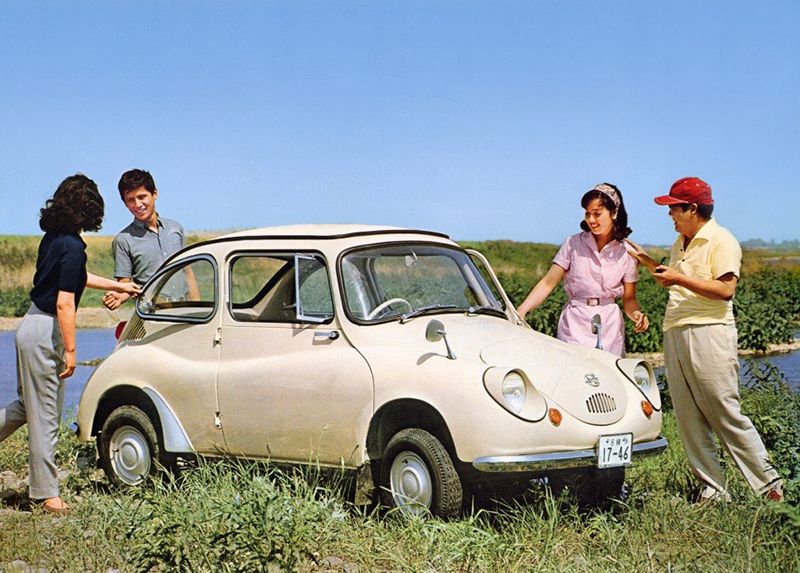
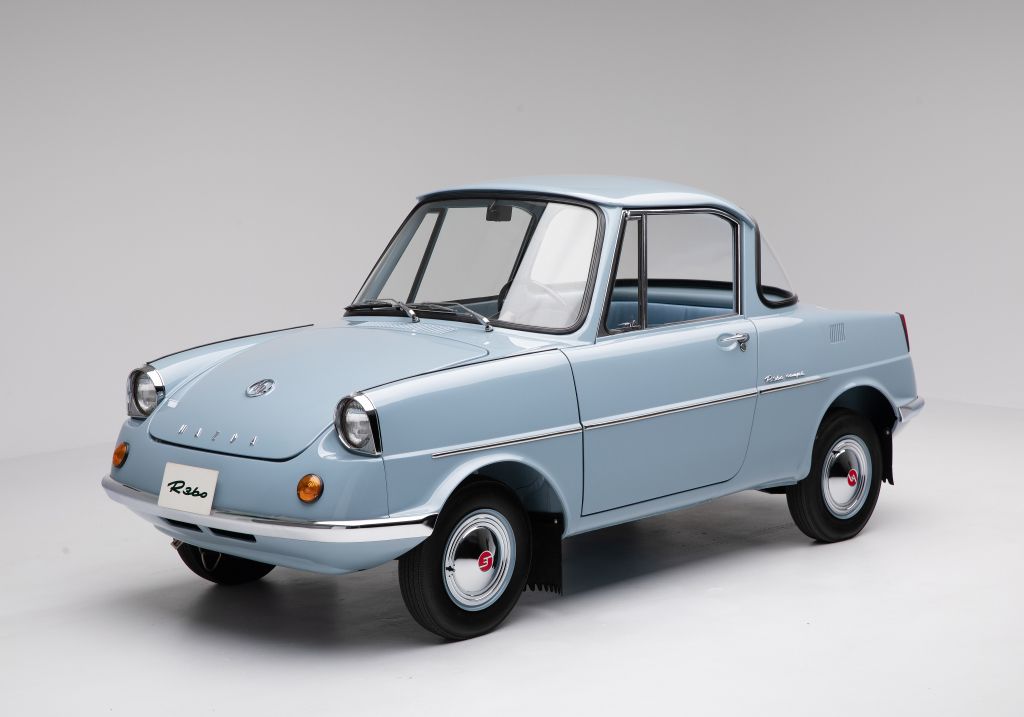
It was in the 1960s that the Japanese carmakers systematically developed and aimed for the export markets, mainly that of Europe and the US. But that’s for another day.
Comments
Sign in or become a deRivaz & Ives member to join the conversation.
Just enter your email below to get a log in link.
